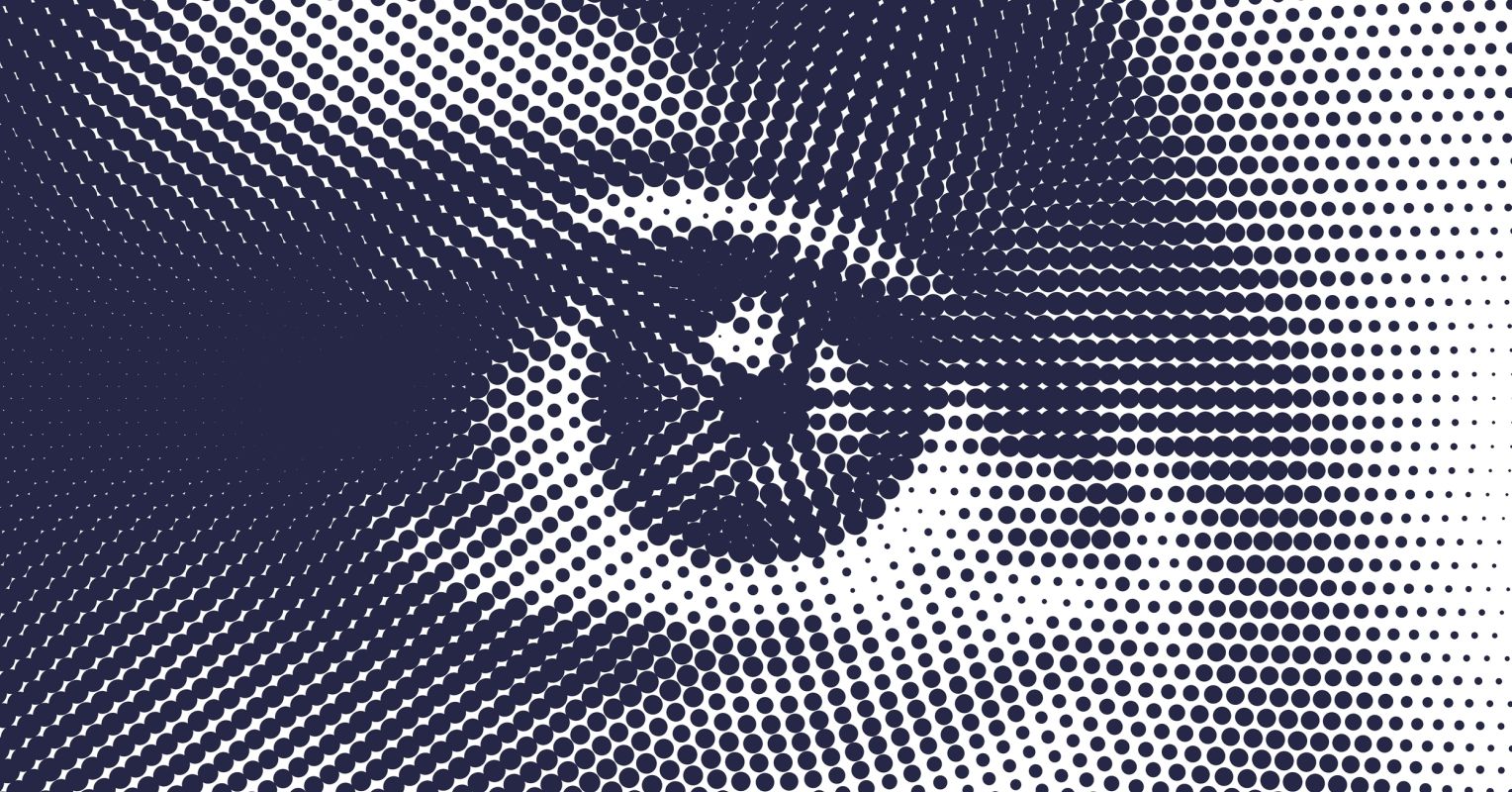
"I often use the octopus as a metaphor for how to thrive and lead in the AI-era and create highly efficient and adaptable organizations. Real octopuses have distributed intelligence with nine "brains"-two-thirds of their neurons are in their arms, allowing each arm to sense, decide, and act locally while a neural ring maintains coordination. In other words, the octopus is agile at the edges and aligned at the center."
"Twelve experienced representatives sat staring at screens while I demonstrated how the system could draft initial responses to customer complaints. The tool was impressive-turning a rambling email about a damaged shipment into a professional, empathetic reply in seconds. Then Sarah, a seven-year veteran, raised her hand: "If this writes the first draft, what happens to my job?" That wasn't defiance. It was a signal. The kind of data every leader needs to capture and act on."
Most leaders treat AI adoption like a standard software rollout: announce the tool, provide training, and expect immediate adoption. Such approaches assume resistance indicates a culture problem rather than a signal. Organizations benefit from a distributed intelligence model modeled on the octopus: centralized coordination with decision-making and sensing at the edges. Anxiety and pushback from teams act as valuable signals about trust, timing, and readiness. Early pilot experiences often reveal silence or job insecurity questions that require capture and response. Successful AI adoption requires enabling adaptation, recognizing collective intelligence, and designing systems that empower teams while maintaining central alignment.
Read at Psychology Today
Unable to calculate read time
Collection
[
|
...
]